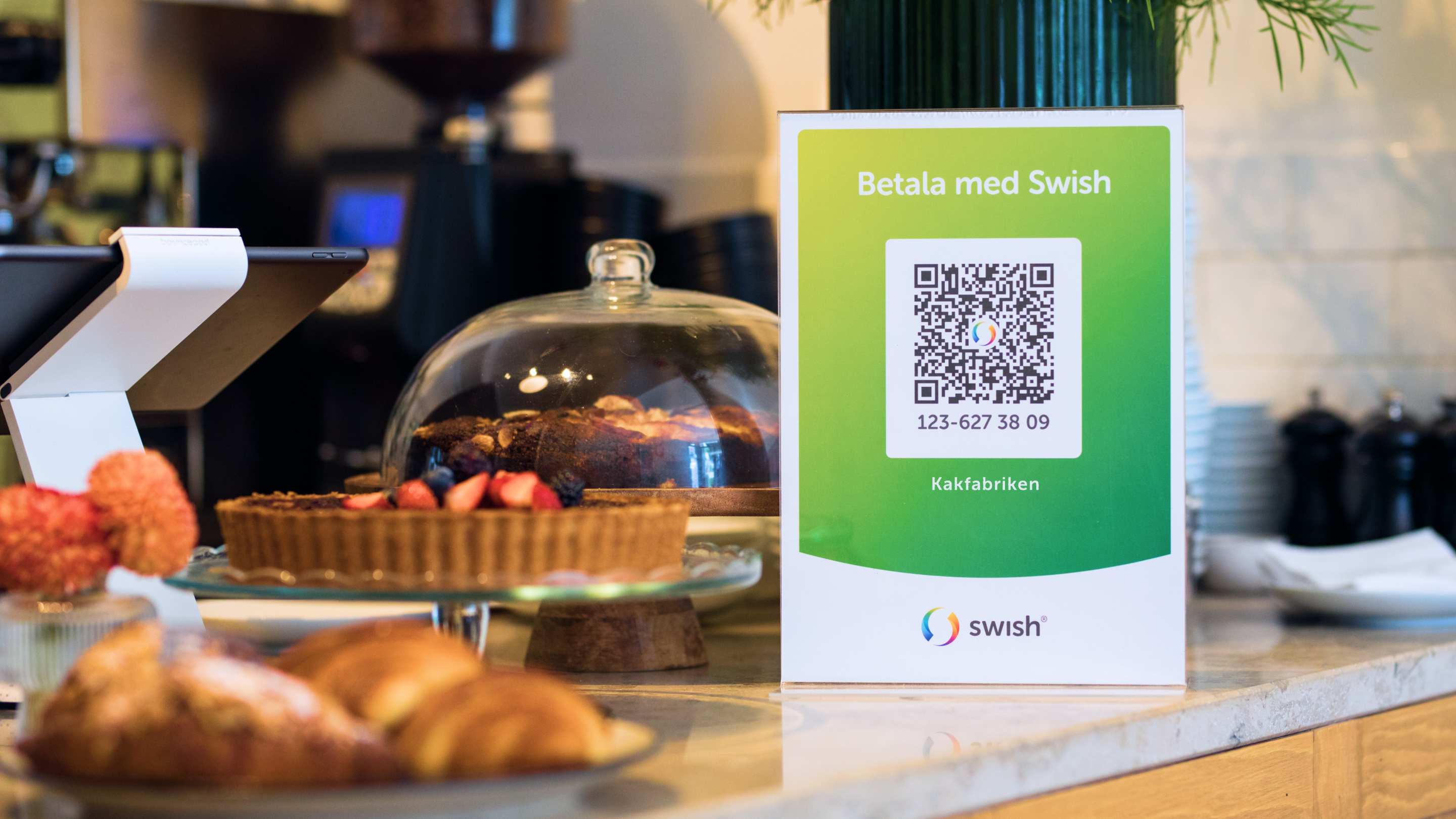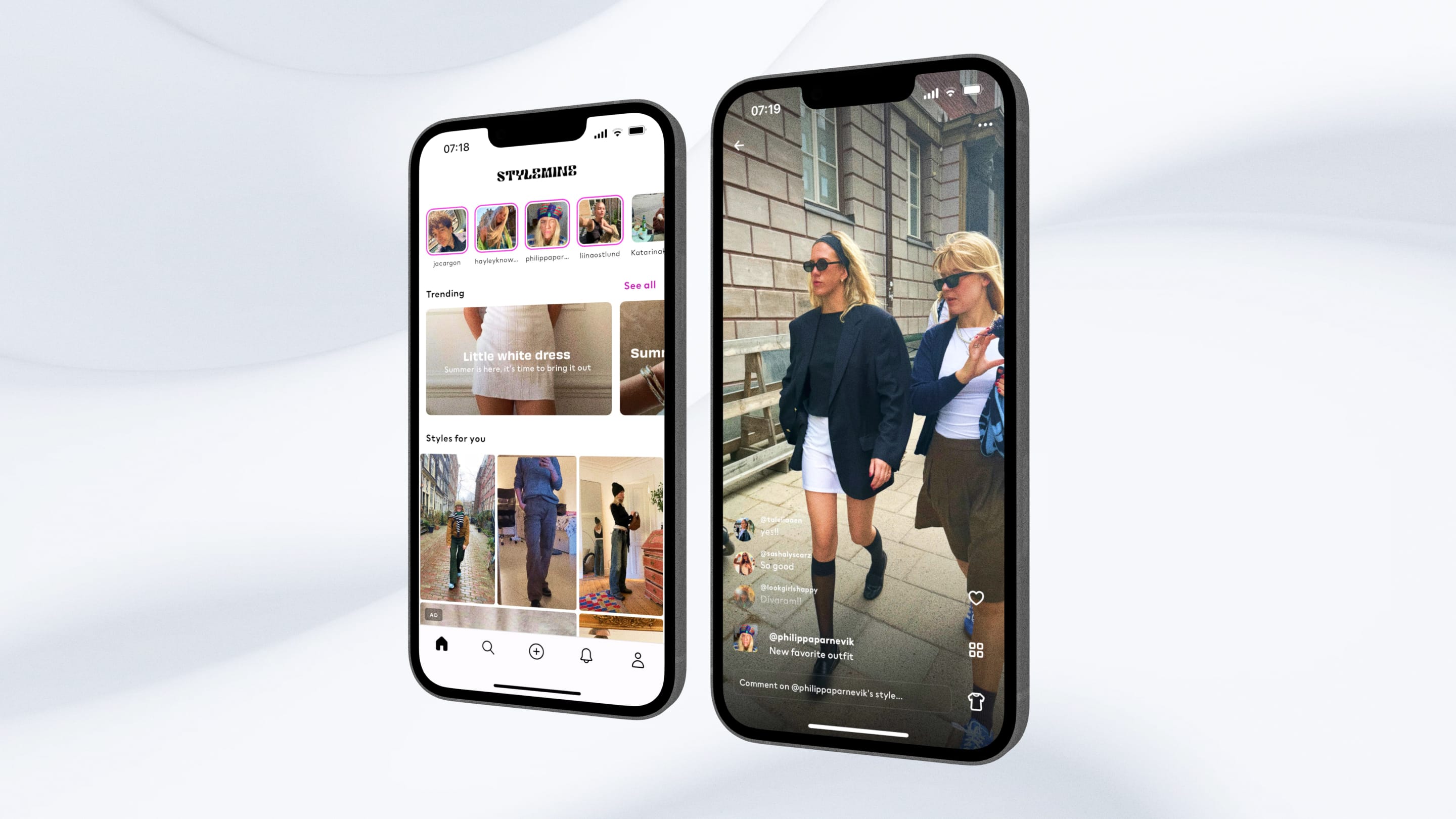
Creating a concept for an app: The journey from idea to MVP
I want to take you through an exciting adventure: How to create a concept for an app, test it, and bring it to life, all by using some principles from the book “The Lean Startup” by Eric Ries.
PART I: Creating the concept
Creating a concept isn’t just about sketching a few ideas.
It’s a thoughtful process that lays the foundation of your app.
- Understanding your audience: Who is your target audience? Understanding their needs and wants is the starting point. You want to create an app that resonates with them. The smaller you can make the initial target group the easier it will be to see if it works or not.
- Defining the problem: What problem will your app solve? Identifying this is like finding your North Star. It keeps you focused. Start by solving one problem really well and then expand instead of trying to solve a multitude of problems from the start.
- Brainstorming ideas: Let your creativity flow. Gather your team or just a notebook, and jot down everything that comes to mind. You can structure and evaluate ideas later.
- Creating a concept using lean principles: “The Lean Startup” emphasizes starting small and learning fast. Outline a simple version of your app that solves the problem. Keep it as simple as possible.
- Sketching the idea: Visualizing your concept is key. Sketch it or use digital tools like Figma. A picture is worth a thousand words.
- Getting feedback: Share your sketches. Get feedback. Don’t be afraid to talk to people.
“We must learn what customers really want, not what they say they want.“
Eric Ries
PART II: How to test the concept
You’ve created a concept. Now, let’s test it using Lean Startup methodology.
- Building a simple prototype: This is where the “Build-Measure-Learn” loop from The Lean Startup comes in handy. Create a basic prototype. What your prototype consists of depends on the idea. It could be a Pitch deck, a Figma prototype, a coded web page or just an image. What ever is required to get enough feedback to evaluate and learn.
- User testing: Observe real users interact with your prototype. Do they understand it? What do they love or hate?
- Iterative testing: Make changes based on feedback. Test again. Eric Ries emphasizes the importance of continuous iterations. The faster you can iterate the faster you will reach something that works. That is why small concepts, small teams and quick testing is crucial in the beginning.
- Utilize tools and analytics: There are several tools to help you test. Use analytics to measure user behavior or just gather all feedback in an Excel. Depending on the kind of testing you do.
- Learn from failures: Failure is part of the process. Don’t just skip over things that don’t work. Try to understand why they don’t work.
“The only way to win is to learn faster than anyone else.“
Eric Ries
PART III: Building an MVP (Minimum Viable Product) – Even if you don’t code
Building an MVP or MLP is about creating the simplest version of your app that solves the problem. MVP or MLP? What’s the difference?
- Starting with an MVP: The Lean Startup promotes the idea of an MVP to learn quickly. What’s the most basic version of your app that delivers value? Make it as small as possible while still delivering something of value to the user or customer. What is the definition of a MVP?
- No code options for non-developers: If you don’t code, no worries! There are no-code platforms that make it easy to create an app. For example, Bubble, FlutterFlow or Adalo can turn your concept into an app without any coding knowledge.
- Iterate based on real feedback: Continue to test and learn from your users. Make improvements as you go along.
- Examples from The Lean Startup: Ries shares several examples of successful MVPs. One of them is Dropbox, which started with a simple video to gauge interest. Read How Dropbox Started: The MVP Strategy that Launched a Giant
- Stay committed and flexible: Building an app is a journey. Keep learning and adapting. The first release is just the start and as you keep going and learn the app will change.
To create a concept, test it, and build an MVP for an app is a journey filled with learning, creativity, and persistence.
Leveraging principles from “The Lean Startup” can guide you through this process in a methodical way, allowing for constant learning and improvement.
Whether you are a developer or someone without coding skills, this journey is accessible.
No-code platforms are democratizing app development, making it possible for anyone to create an app.
Remember, your idea has the potential to be the next big thing. So why wait?
Create a concept, test it, build that MVP, and launch your vision into the world.
Feel free to reach out if you need any assistance or encouragement.
I’m here to support your journey.


